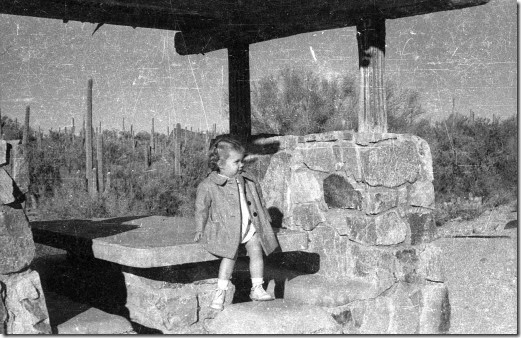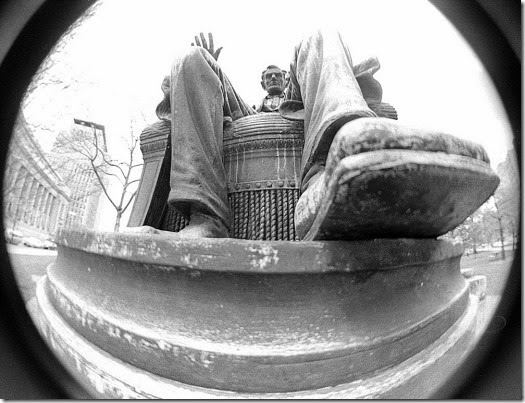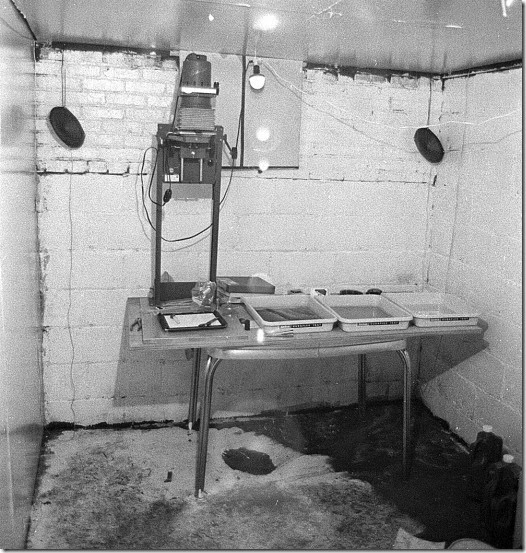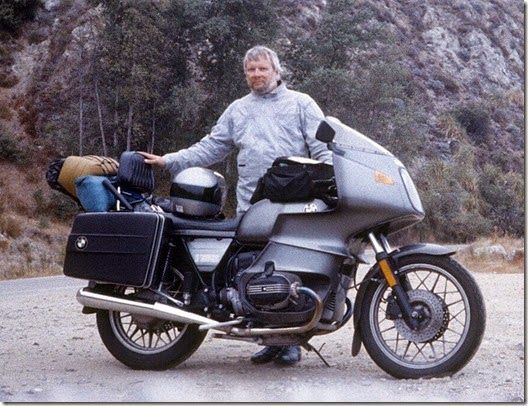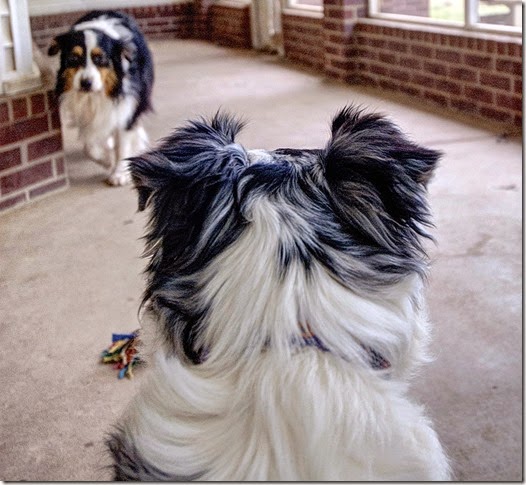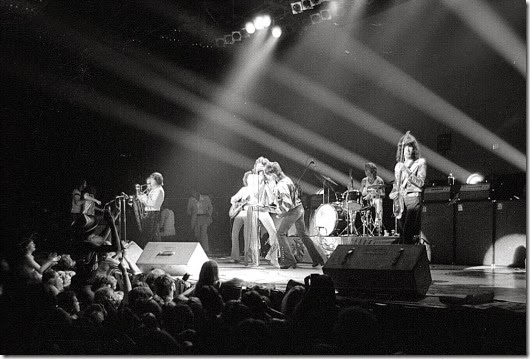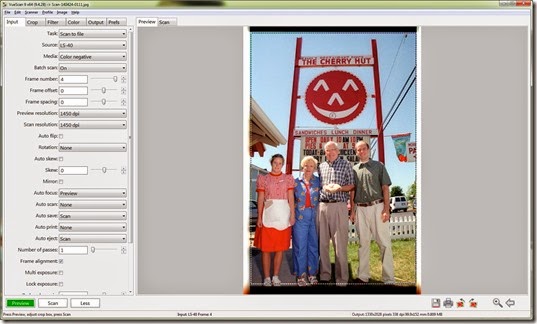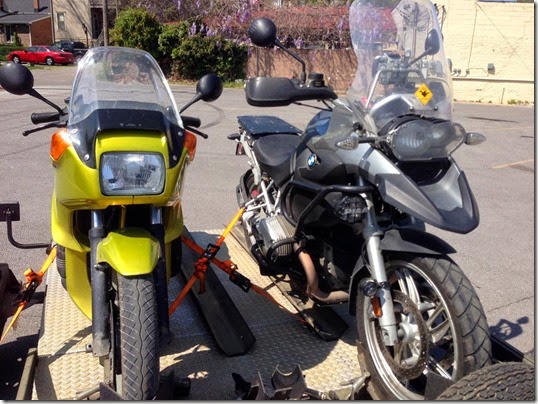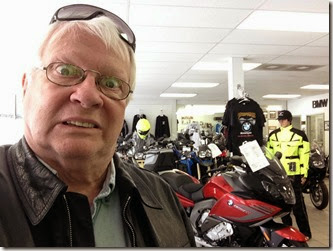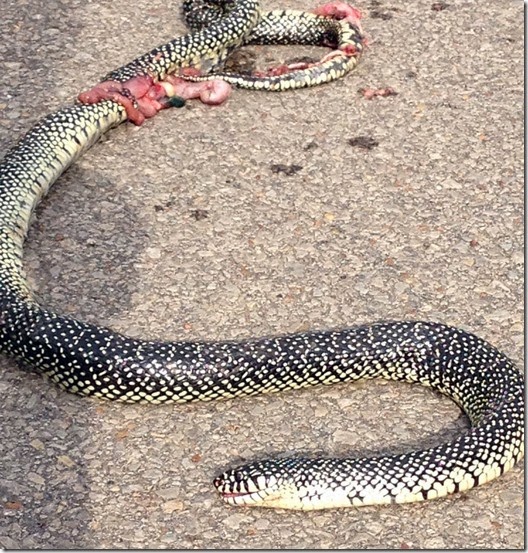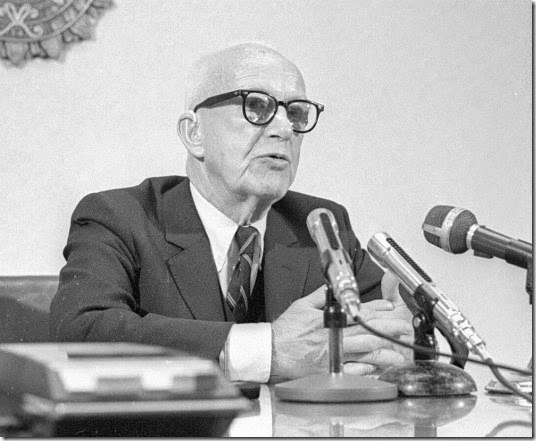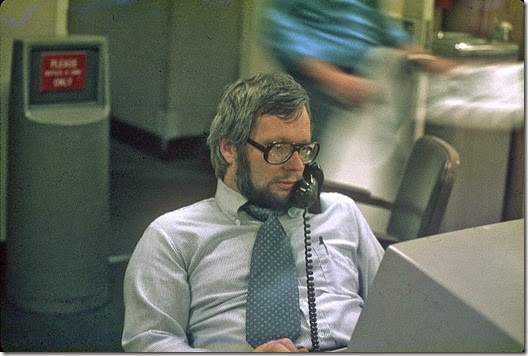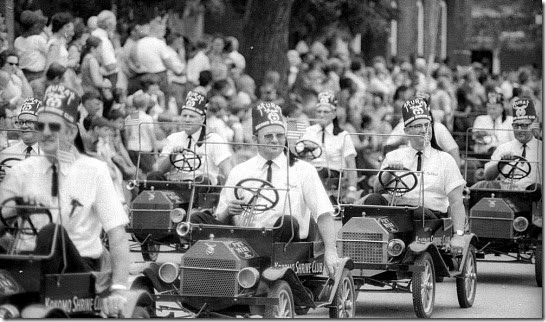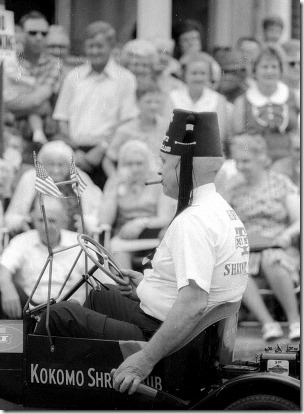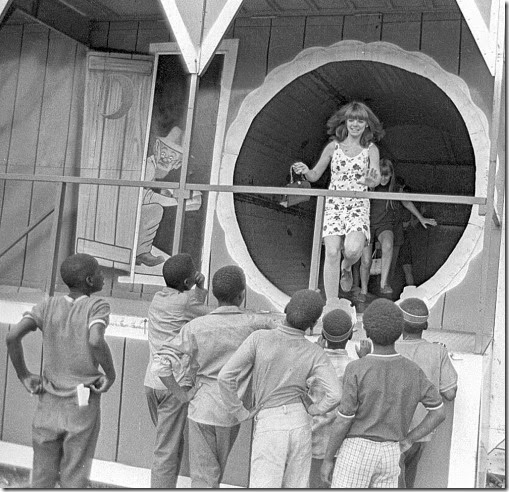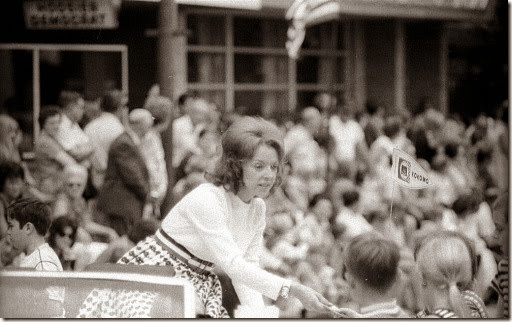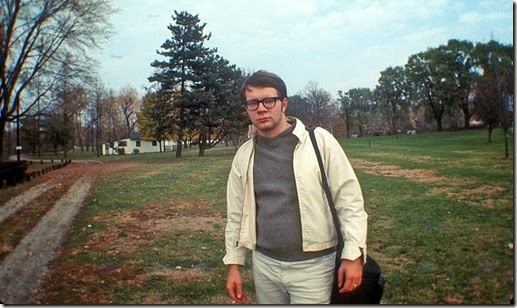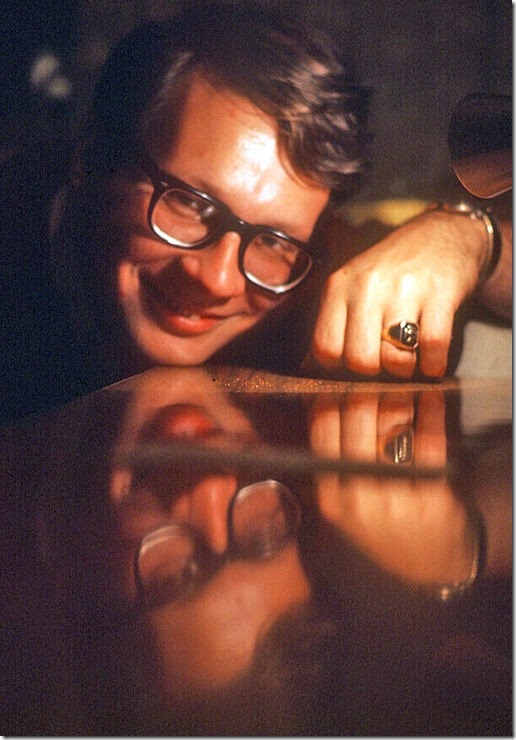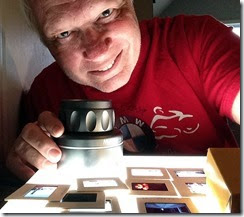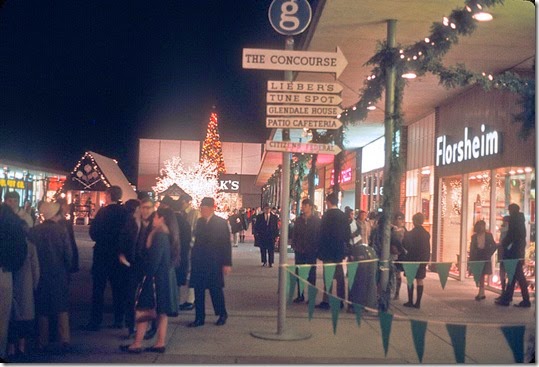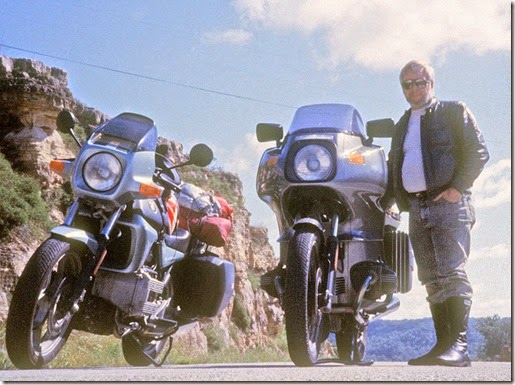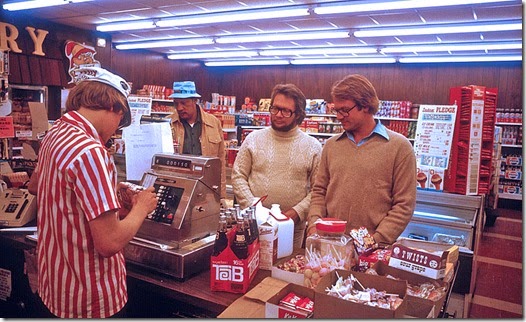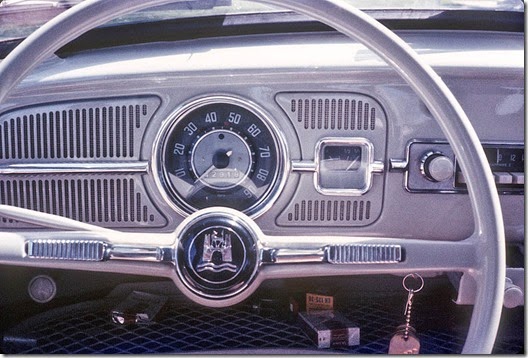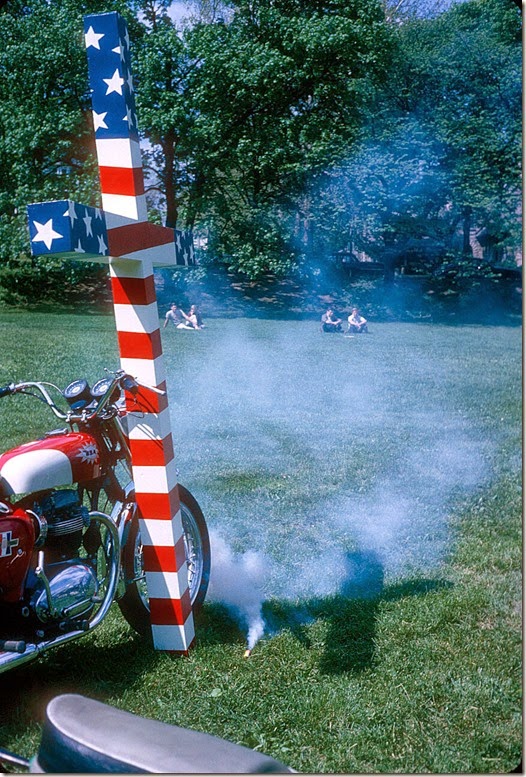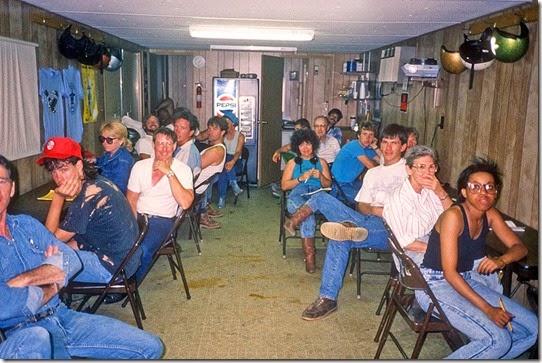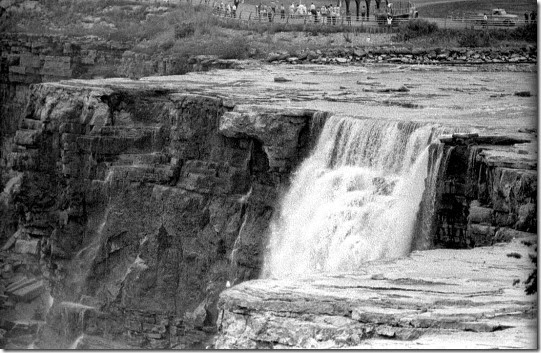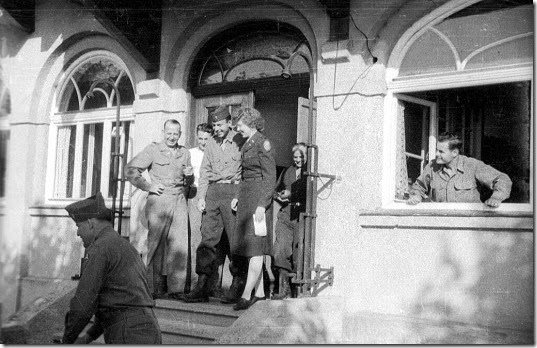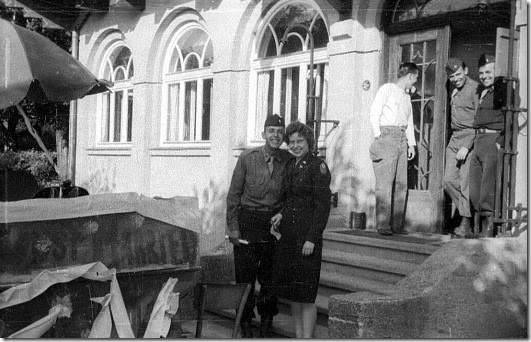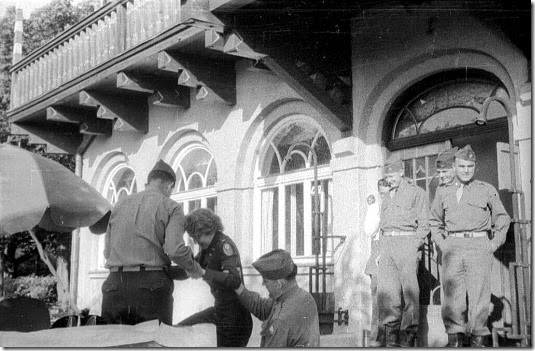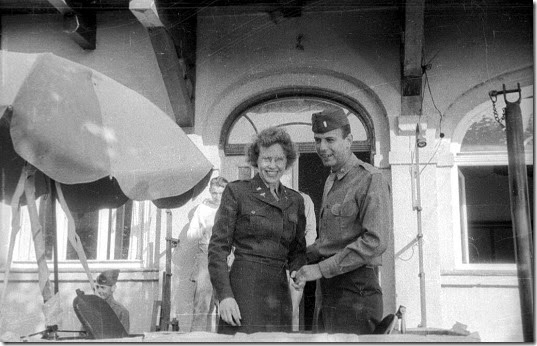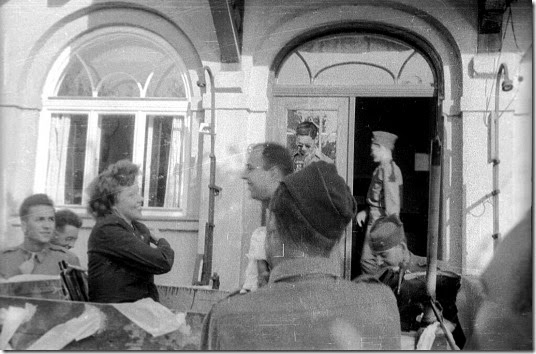Here's the story I wrote following the March 9, 1981, execution of Steven Judy - Indiana's first execution in almost two decades.
By John Flora
The Indianapolis News
MICHIGAN CITY, Ind. – Minutes after making a surprise telephone call to a former girlfriend he hadn't seen in five years, convicted murderer Steven Judy died today in Indiana's electric chair.
Judy, 24, became the first felon to die in the electric chair at the State Prison in 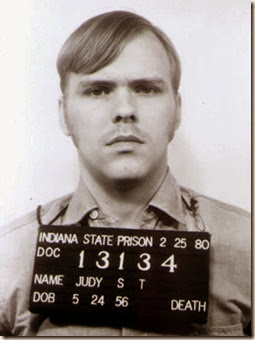 nearly 20 years at 12:12 a.m.
nearly 20 years at 12:12 a.m.
Judy's foster father, Robert Carr, Indianapolis, and his attorney, Steven Harris, were the only two witnesses to the execution, other than Department of Correction personnel who helped carry out the sentence imposed by Hendricks Circuit Judge Jeffrey Boles.
"He called a girl in Texas that he was really serious about a few years ago," Carr said of Judy's final half-hour. "I don't know why. It just came out of the dark. He hadn't talked to her in five or six years. This was about 25 or 20 'til 12.
"They finally located her and got her on the phone... her name is Jeannie. I don't know her last name," Carr said. "He went with her a year or two back in '73 or '74.
"I think she was probably the only girl he really loved," Carr said.
Carr said Judy received about 20 telegrams on his last day on Death Row, all of them from people urging him to change his mind and ask for a stay of execution.
Judy, he said, remained adamant until the end that he would rather die in the electric chair than spend decades in prison for the April, 1979, rape and murder of Terry Lee Chasteen and the drowning deaths of her children, Misty Zollers, 5; Stephen Chasteen, 4, and Mark Chasteen, 2.
Mrs. Chasteen, a divorcee, was en route to the home of a babysitter with her children before going to her job as a supermarket checkout clerk when she had a flat tire along Interstate 465 near Weir Cook Airport. Judy happened by and changed the tire, but disabled her car and lured her into his pickup truck.
Testimony at his trial in Martinsville indicated Judy drove his victims to a secluded area along White Lick Creek southwest of Mooresville where he raped and strangled Mrs. Chasteen and drowned her children in the creek.
"I have all the sympathy in the world for the Chasteen family," Mrs. Carr said after the execution.
"But Mark Chasteen (Mrs. Chasteen's former husband) has put on a veneer as the grieving father and the grieving husband. He never showed one bit of emotion during the entire trial.
"Most men would have to be physically restrained," she said. "Through the entire thing, he sat holding hands with his lady friend and he showed no emotion whatsoever.
"And suddenly he claims to be a devout Christian. But he has made the statement that he would like to be the one to pull the switch. I didn't know that God had granted him that right," she said.
Less than an hour after the execution, Mr. and Mrs. Carr returned to the Howard Johnson Motor Lodge where they and their family have been staying in recent days and told their children Judy was dead.
"We just told them it was fast," Carr said.
"We told them it was finished and he went like a man and like he wanted to go," Mrs. Carr added.
"We told them that he sent them his love."
Carr, who left the prison visibly shaken, said he watched the execution through a glass window. He said he believed Judy was unable to see him through the glass before the mask was placed over the condemned man's eyes.
"I kind of looked for him to maybe throw a hand signal or something, but he didn't," Carr said.
"They gave him a shot at 15 'til 12. It was like a tranquilizer because all of his muscles were tightening up," Carr said, adding that it was Judy's decision to have the shot.
"He wasn't nervous at all," Carr said. "It was just that his nerves were tightening up and he was kind of hyper the last half-hour or so."
Mrs. Carr said Judy broke down and cried on at least on occasion yesterday.
"Even though the public has never seen Steve Judy cry, I guarantee he cries frequently," she said, still speaking of her foster son in the present tense 90 minutes after his execution.
When Mrs. Carr left Judy's cell for the last time she said, "We hugged. We do what you do when you tell people good-bye for the very last time. I'm certain there are very few people who have ever experienced that.
"I told him I loved him and he told me he loved me and was sorry he had put us through so much," she said, adding she and Judy were both crying at the time.
One of Judy's last acts was to give his wrist watch to fellow Death Row inmate James Lowery with whom he had developed a friendship while at the prison.
Earlier, Carr said, Judy had joked about wearing his watch to the execution to "charge it up."
About 60 reporters and cameramen covering the execution were passed through two checkpoints about 11 p.m. and gathered in a small conference room on the second floor of the prison administration building.
As the clock on the conference room wall edged past midnight, the room became noticeably quieter, but there was no dimming of the lights or other indication of the exact moment the initial switch was thrown and the first charge of 2,300 volts passed through Judy's body.
The first official announcement came at 12:20 a.m. when Tom Hanlon, administrative assistant with the Department of Correction, stepped to the podium and, voice trembling, said, "The execution of Steven T. Judy, 24, as ordered by the Morgan County Superior Court, was carried out this morning at the Indiana State Prison, Michigan City, Indiana. The official pronouncement of death was made by the doctors in attendance at 12:12 a.m. CST."
At 2:30 p.m. yesterday, Hanlon said, Judy showered, received new institutional clothing and was prepared for the execution. At 3:31 p.m., he was moved from his cell on Death Row to a holding cell in the execution room.
"He ordered and received supper which consisted of prime rib, lobster, baked potatoes, salad and dinner rolls. He ate at 8:04 CST," Hanlon said, noting Judy's request for beer with his last meal was denied.
"At 12:05 a.m. CST, DOC personnel entered Judy's cell and asked if he had any comments or requests.
"He said, 'I don't hold no grudges. This is my doing. I'm, sorry it happened,'" Hanlon said.
"He was then escorted from the holding cell to the execution room and placed in the electric chair.
The sentence was then carried out. Steve Judy's body was released to the LaPorte County deputy coroner.
Funeral and burial arrangements will be made by the foster family," he said.
After the initial 10-second high-voltage charge, Hanlon said, Judy received a 20-second charge of 500 volts.
Carr said later he was convinced Judy felt nothing after "three or four seconds" and was satisfied the execution was carried out as painlessly as possible.
Asked who actually threw the switch to execute Judy, Hanlon said, "I can only refer you to the Indiana statute which says, 'either the warden or his assistant,'" adding it will never be announced which person carried out the sentence.
At the close of the press conference, Hanlon distributed copies of a statement by Gov. Robert Orr which said, in part, "Now that this difficult ordeal is over, I am at peace with myself because I know I have met my responsibilities under the law and because I believe justice has prevailed."
Henry Schwartzchild, who represented the American Civil Liberties Union in a fruitless attempt to foil Judy's wish to die, told about 200 protesters outside the prison gates before the execution, "The governor, the attorney general, the clemency commission, the judges and the prosecutors involved all have the invisible mark of Cain upon their foreheads.
"Judy's consent to his own execution cannot wipe that stain away, for who would think that our political and legal leaders should follow the wishes of a sick and destructive killer? Like Adolf Eichmann, they say they merely did their duty and like Pilate they say, 'The law took its course and the blood is not on our hands.' It has been a contemptible spectacle."
"The State of Indiana tonight is winning a very sorry victory over us," he said.
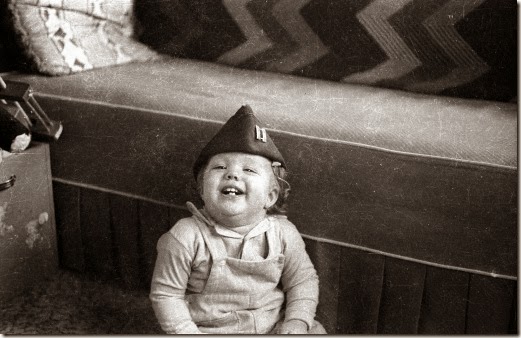 My photo archives include some pictures taken by my first father-in-law, Phil Kroon, who was a captain in the U.S. Army in World War II.
My photo archives include some pictures taken by my first father-in-law, Phil Kroon, who was a captain in the U.S. Army in World War II.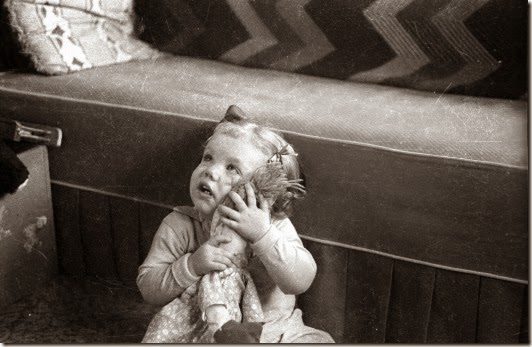 I found a roll of negatives last night that he shot around 1948 of his young daughter Diane, who later became my first wife and the mother of my sons.
I found a roll of negatives last night that he shot around 1948 of his young daughter Diane, who later became my first wife and the mother of my sons.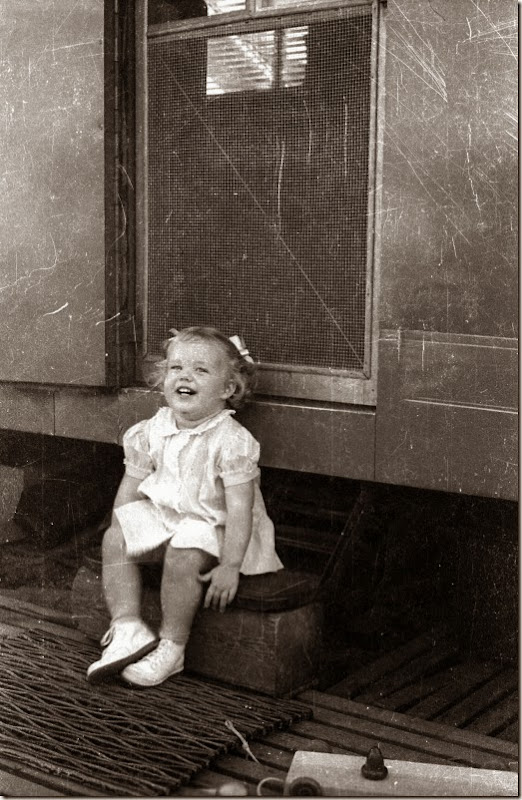 I think they were living in California at the time, but there are some snow scenes that probably were shot during a winter trip home to Grand Rapids, Mich., and four shots of a crashed car. I seem to remember a family story about a rollover accident involving a trailer, so this is probably the car.
I think they were living in California at the time, but there are some snow scenes that probably were shot during a winter trip home to Grand Rapids, Mich., and four shots of a crashed car. I seem to remember a family story about a rollover accident involving a trailer, so this is probably the car.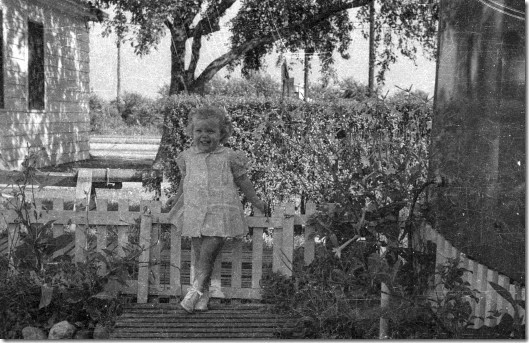 The film is not in good shape. It’s scratched and the emulsion is cracked and crazed from being exposed to temperature and humidity fluctuations over the past 60+ years, but I think the images are well worth preserving.
The film is not in good shape. It’s scratched and the emulsion is cracked and crazed from being exposed to temperature and humidity fluctuations over the past 60+ years, but I think the images are well worth preserving.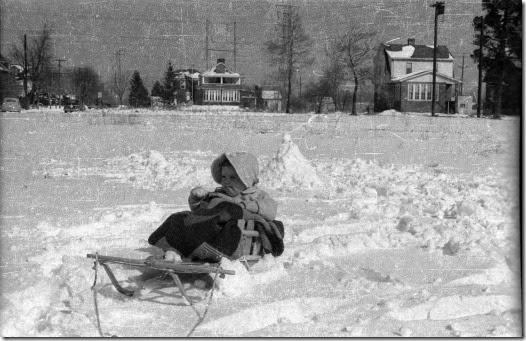 I digitized the images and emailed them to Diane this morning. I’m pretty sure she’s never seen them.
I digitized the images and emailed them to Diane this morning. I’m pretty sure she’s never seen them.